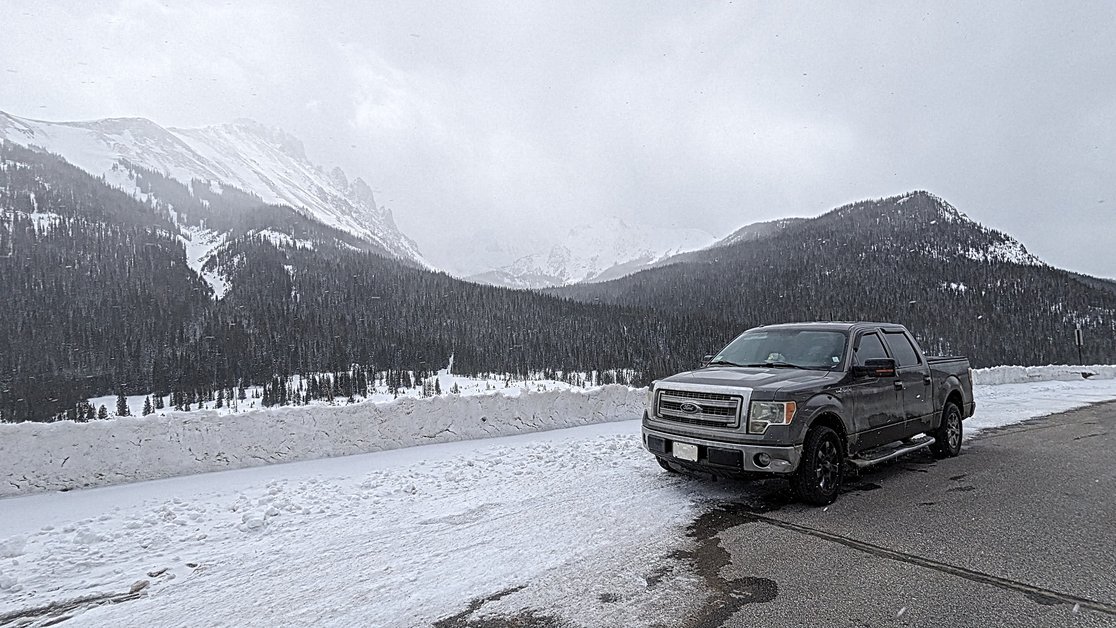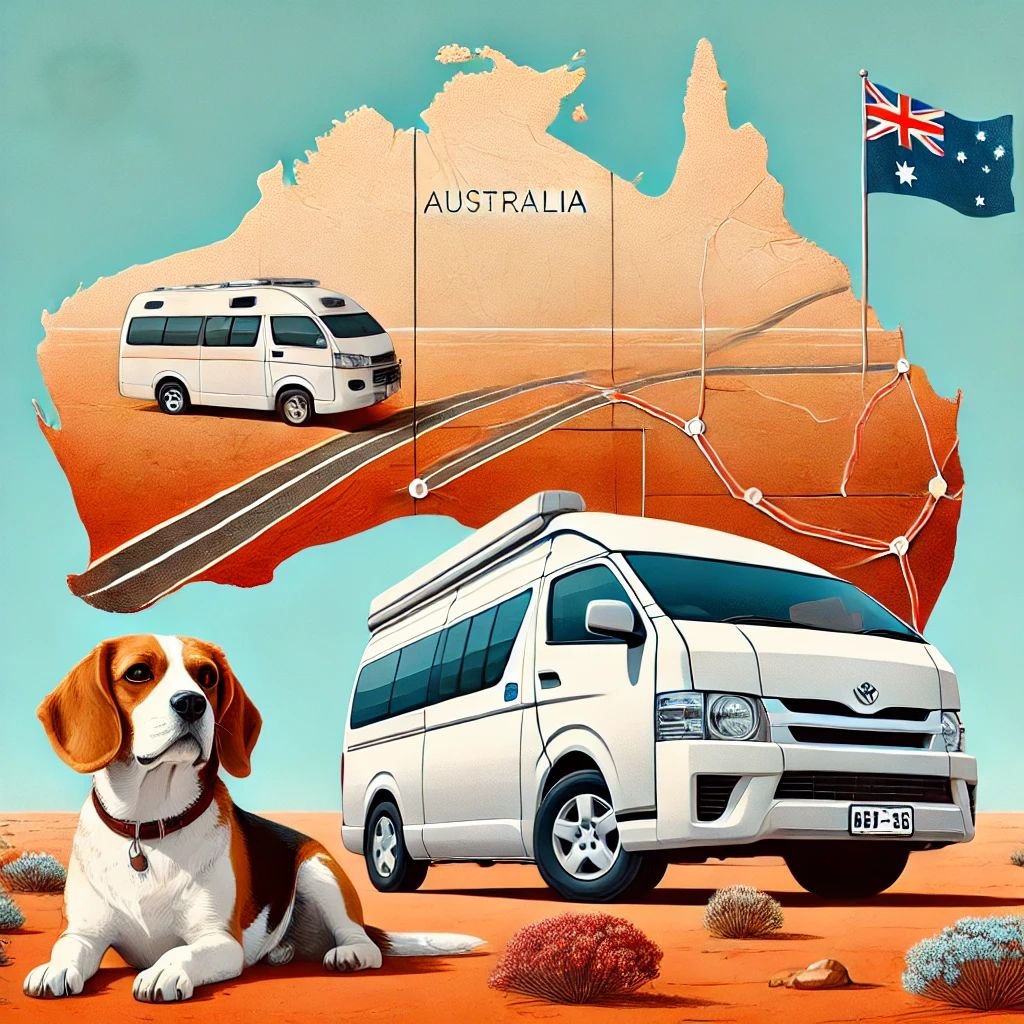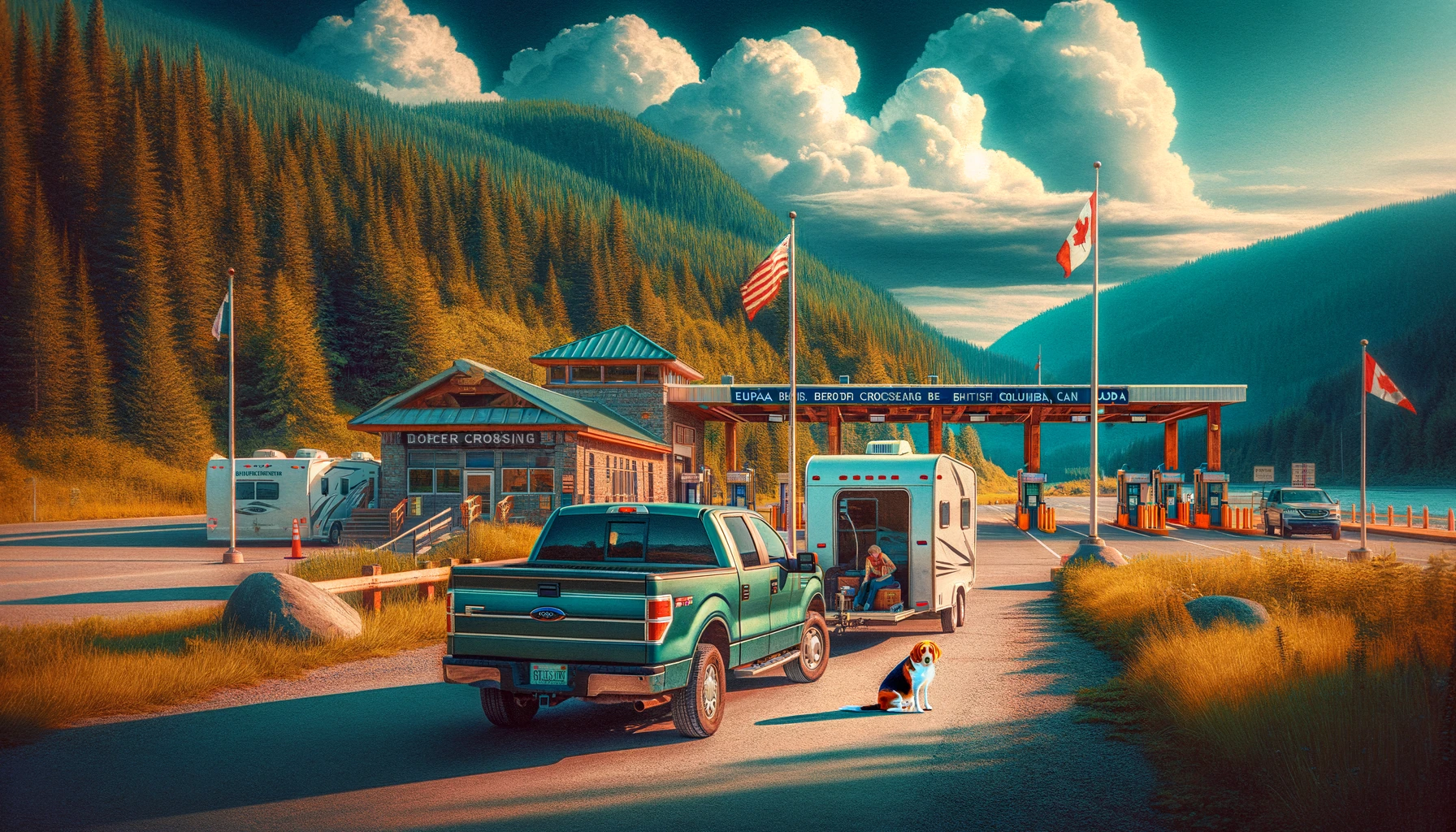The Rocky Mountains in Colorado are a place of rugged beauty, attracting visitors for skiing, hiking, wildlife spotting, and, of course, the snow. Many people plan trips around the first snowfall, eagerly waiting to experience the magic of the Rockies draped in white. But when exactly does that first snow fall in the Rocky Mountains of Colorado? Understanding the timing of the first snow in this region can help you plan your visit perfectly, whether you’re chasing powder for skiing or simply seeking the tranquil beauty of early winter.

Timing of the First Snowfall
The first snowfall in the Rocky Mountains of Colorado can vary significantly depending on elevation, location, and annual weather patterns. However, as a general rule, snow tends to fall at higher elevations as early as late September, while lower elevations may not see snow until October or November.
Factors affecting the timing of the first snow include:
- Elevation: Higher elevations, such as those found in places like Rocky Mountain National Park and the surrounding peaks, often experience snow earlier than lower valleys and towns.
- Location within the Rockies: Areas on the western side of the Rocky Mountain range tend to get snow earlier due to the movement of storm systems, while eastern slopes may see snow later.
- Annual Weather Variability: Every year is different, and unpredictable factors such as temperature changes and storm patterns can influence when the first snow arrives.
Snowfall at Different Elevations
The Colorado Rockies are known for their extreme elevation changes, with peaks soaring to over 14,000 feet above sea level. These varying elevations mean that snow arrives at different times depending on the height. Here’s a breakdown of when you can expect snow at different elevations:
- Above 10,000 feet: The highest elevations in Colorado, including many of the 14,000-foot peaks, can see snow as early as mid-to-late September. At this altitude, freezing temperatures arrive earlier, and the snow can stick to the ground even during early fall.
- 7,000 to 10,000 feet: Popular towns such as Estes Park and ski resorts like Breckenridge and Vail are located in this elevation range. Snow usually starts falling in early October, with some years seeing light snow in late September.
- Below 7,000 feet: At lower elevations, such as Boulder or Denver, snow is less common in September but becomes more likely in October or November. The timing of the first snow at these lower elevations is usually delayed compared to the higher mountain regions.
Historical Trends for First Snowfall
Historical data provides a general guide to when the first snow arrives in the Colorado Rockies. On average, these are the approximate dates for the first measurable snow across different areas:
- Rocky Mountain National Park (Bear Lake area, around 9,500 feet): First snow typically occurs in late September or early October, with snow accumulation increasing throughout the fall.
- Estes Park (7,500 feet): Snow often falls by early October, although it can be light and may not persist until later in the season.
- Denver and Boulder (5,000–5,500 feet): First snow generally occurs in late October or early November. Some years see a light dusting in early October, but significant snowfall usually holds off until mid-fall.
In 2020, for example, Rocky Mountain National Park saw its first snow on September 8, which was an unusually early event, while Estes Park got its first significant snow just a few days later. Other years, such as 2018, saw the first snows arriving closer to late September, illustrating how variable the first snowfall can be.
Factors Influencing the First Snow in Colorado
Several environmental and meteorological factors influence when the first snow arrives in the Rockies. Understanding these factors can help visitors better predict when snow might fall.
Temperature Patterns
In Colorado, fall temperatures can fluctuate dramatically, especially at higher elevations. Cold fronts, which bring drops in temperature, can occur at any time in September or October, bringing early snow to the mountains. Warm fall weather may delay the first snow by a few weeks, but once the nighttime temperatures consistently dip below freezing, snow is more likely.
Weather Systems
Colorado’s first snowfalls are typically brought in by cold fronts moving from the north and northwest, carrying moist air over the Rockies. As this air rises and cools, snow falls at higher elevations. The La Niña or El Niño weather patterns also play a significant role in shaping Colorado’s fall weather. A strong El Niño, for example, can bring heavier, earlier snow, while La Niña years may have drier conditions, delaying the first snow.
Wind and Precipitation
Wind and moisture also influence the arrival of snow. In early fall, the winds in the mountains often shift and bring moisture-laden air that results in precipitation. If temperatures are low enough, this precipitation falls as snow. The Rockies are known for high winds, and these can intensify early snowstorms, especially at higher elevations where snow accumulates faster.
Where to Experience Early Snow in Colorado’s Rocky Mountains
If you’re hoping to catch the first snow in the Rockies, there are several prime locations where you’re more likely to see the early winter weather.
- Rocky Mountain National Park: One of the top destinations for experiencing early snow, especially around Bear Lake and the Trail Ridge Road, where the elevation is high, and snow falls earlier than in the surrounding areas. Snow-covered peaks provide stunning views as you hike or drive through the park in fall.
- Breckenridge: As one of Colorado’s most famous ski towns, Breckenridge often sees early snowfalls in late September or early October. Even before the ski season officially opens, visitors can enjoy the fresh snow and scenic beauty of the surrounding mountains.
- Vail: Like Breckenridge, Vail is renowned for its early snow, making it a perfect spot for fall visitors eager to see the mountains transformed by a layer of white.
- Loveland Pass: Known for some of the earliest snowfalls in the state, Loveland Pass is a high-altitude route that often receives snow by late September. The pass is also popular for early-season backcountry skiing and snowboarding.
What to Pack for the First Snow in the Rockies
If you’re visiting the Rocky Mountains in fall with hopes of catching the first snow, it’s important to pack accordingly. Early snow can be light or heavy, and the temperatures can range from chilly to downright freezing, especially at night. Here’s a packing guide for a fall trip to Colorado’s Rockies:
- Layered clothing: Colorado’s fall weather is highly variable, so pack layers that can be easily added or removed. A base layer, fleece, and a waterproof jacket are essential.
- Winter boots: Snow can make hiking trails slippery, so bring waterproof boots with good traction, especially if you plan on hiking or exploring outdoor areas.
- Warm accessories: Hats, gloves, and scarves are important for staying warm during early snowfalls, particularly if you’re at higher elevations where temperatures are lower.
- Sunglasses and sunscreen: Even in snowy conditions, Colorado’s high elevation means the sun can be intense. Snow can reflect sunlight, increasing your exposure to UV rays.
Tips for Visiting the Rockies During the First Snow
If you’re planning a trip to the Rocky Mountains to experience the first snow, here are a few tips to help you make the most of your visit:
- Check road conditions: Early snowstorms can cause roads to become icy or even close in higher elevations. Before heading out, check the Colorado Department of Transportation (CDOT) website or local traffic reports for road conditions and closures. Tire chains are mandatory in the mountains. We bought chains at Walmart (over USD $100) and kept them in the box with the receipt. Once we knew they weren’t needed them we returned them to Walmart and gt a refund!
- Prepare for changing weather: The first snow of the season can quickly melt or be followed by sunny days, so be prepared for fluctuating weather. Fall in Colorado can see a mix of warm sun and cold, snowy conditions in the same day.
- Book accommodations early: Early snow can attract crowds, especially to ski towns and popular destinations like Rocky Mountain National Park. Book your lodging early to secure your spot for the first snow.
The first snow in the Rocky Mountains of Colorado is a magical time, marking the transition from fall to winter. Whether you’re visiting to enjoy the scenic beauty of snow-capped peaks or looking to be one of the first on the slopes, timing your trip for early snow can be an unforgettable experience. By understanding when and where snow is likely to fall, packing appropriately, and planning ahead, you can make the most of your journey to Colorado’s Rocky Mountains.




